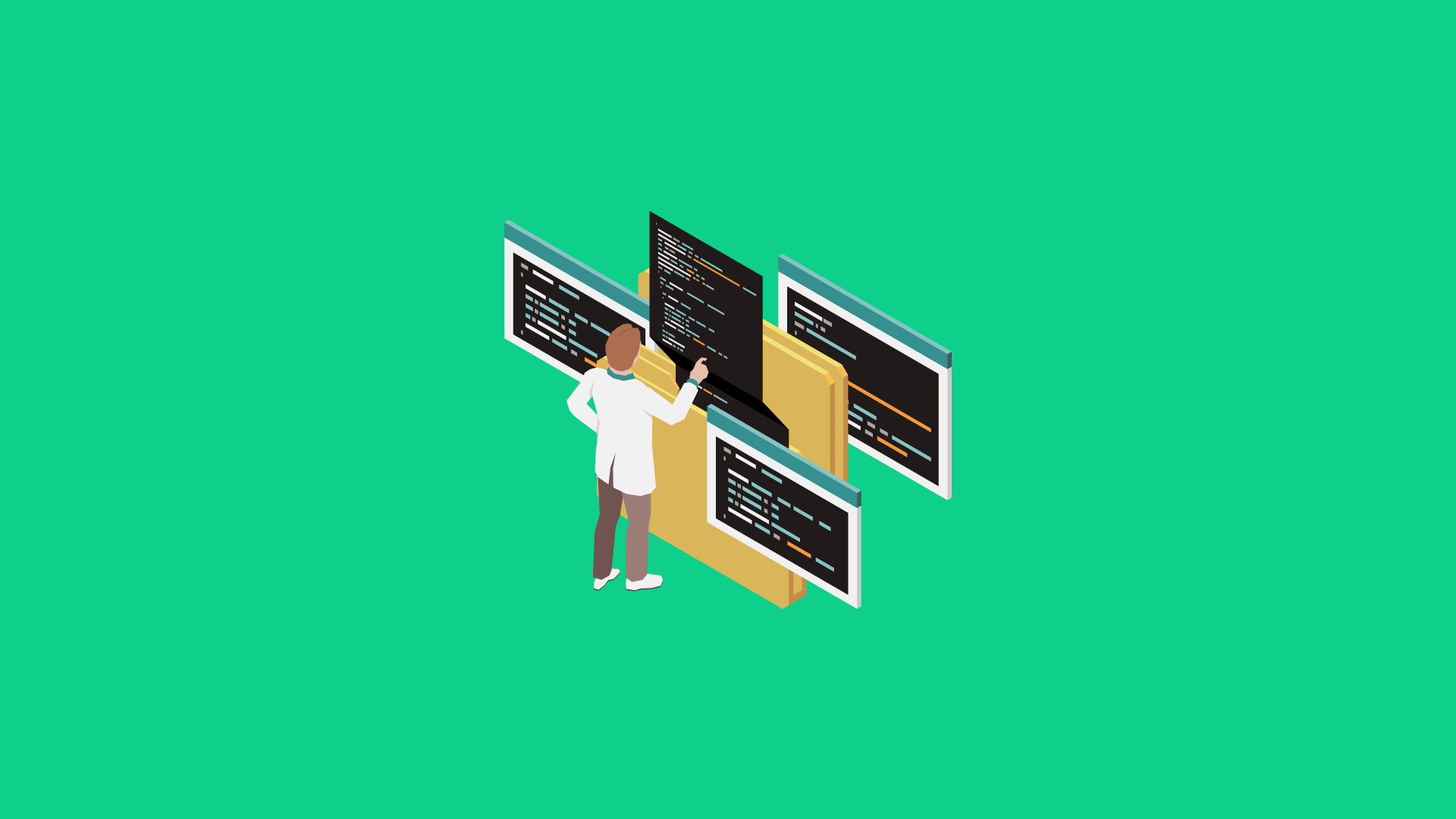Knowing Dynamic Code Examination: Techniques and Rewards for AI Program code Generators
In the quickly evolving world involving software development, guaranteeing code quality in addition to security is paramount. Dynamic code research is actually a key tool in achieving these kinds of goals, particularly whenever it comes to be able to AI code power generators. As they systems come to be increasingly sophisticated, understanding how dynamic program code analysis can improve their reliability and gratification is crucial. This article delves directly into the techniques in addition to benefits of active code analysis, especially within the context of AI code power generators.
Precisely what is Dynamic Program code Analysis?
Dynamic signal analysis involves evaluating software during their execution to recognize issues for example insects, security vulnerabilities, and even performance problems. As opposed to static code examination, which reviews signal without executing it, dynamic analysis checks the code within a runtime environment, delivering insights into the way the software behaves within real-world scenarios.
Associated with Dynamic Code Research
Instrumentation:
Instrumentation consists of adding additional code to the software to monitor its performance. This method allows for tracking of signal paths, memory utilization, and performance metrics. Tools like Valgrind or Dynatrace employ instrumentation to provide detailed insights into how software functions during runtime.
Profiling:
Profiling is a technique used to measure various areas of a program’s performance, such as function call frequencies, delivery times, and storage usage. Profilers could identify performance bottlenecks that help optimize program code. In the context associated with AI code generation devices, profiling can reveal inefficiencies in the particular generated code, enabling fine-tuning for better performance.
Fuzz Testing:
Fuzz testing consists of providing random or unexpected inputs to a program to uncover vulnerabilities and unforeseen behavior. This method is particularly helpful for discovering edge circumstances that may not be have common test cases. For AI code generation devices, fuzz testing can help ensure that will the generated computer code handles various advices robustly.
Dynamic Ruin Analysis:
Dynamic taint analysis tracks typically the flow of info through a plan to identify potential security issues, these kinds of as data leakages or improper handling of sensitive details. By marking “tainted click to investigate and monitoring its use through the program, this technique helps in determining security vulnerabilities that could be used.
Runtime Error Diagnosis:
This technique concentrates on identifying mistakes that occur throughout the execution of a program. Common runtime errors include null pointer dereferences, variety out-of-bounds accesses, plus memory leaks. Equipment like AddressSanitizer and even ThreadSanitizer help in detecting and the diagnosis of such errors in real-time.
Benefits involving Dynamic Code Examination for AI Signal Generators
Improved Program code Quality:
Dynamic computer code analysis provides useful insights into just how AI-generated code performs in real-world cases. By identifying plus addressing issues in the course of runtime, developers could enhance the overall quality of the particular generated code. This specific leads to very reliable and efficient programs.
Enhanced Security:
AI code generators could inadvertently introduce safety vulnerabilities. Dynamic program code analysis techniques, like dynamic taint examination and fuzz assessment, help in uncovering these vulnerabilities by simply simulating various assault vectors and input scenarios. This positive approach to security assures that the produced code is less vulnerable to exploitation.
Performance Optimization:
Profiling plus instrumentation techniques offer a detailed view of your program’s performance qualities. By analyzing performance patterns and resource usage, developers could identify performance bottlenecks and optimize the generated code intended for better efficiency. This is particularly important for AI systems that demand high performance in addition to scalability.
Early Diagnosis of Runtime Concerns:
Dynamic code research enables the early detection of runtime issues that might certainly not be evident throughout static analysis. By testing the computer code in a actual execution environment, builders can catch and even address issues this kind of as memory leaking, concurrency problems, and other runtime errors before they impact end-users.
Robust Assessment:
Fuzz testing as well as other dynamic analysis approaches help in generating a more robust screening process. By revealing the AI-generated program code to a wide range of inputs and situations, developers can guarantee the code deals with unexpected conditions gracefully and performs while expected.
Feedback for AI Model Enhancement:
Insights gained by dynamic code evaluation can be provided back into typically the AI code era model. By knowing how the developed code performs within practice, developers can refine the AI model to produce higher-quality code. This iterative improvement routine improves the overall usefulness of AI-driven advancement tools.
Challenges plus Factors
While energetic code analysis provides numerous benefits, it also presents particular challenges:
Performance Overhead: Instrumentation and profiling can introduce performance overhead, which might impact the accuracy with the analysis. Balancing the need for detailed insights along with minimal impact on performance is important.
Complexity of Create: Setting up energetic analysis tools in addition to configuring them in order to work together with AI signal generators can end up being complex. Proper integration and calibration usually are necessary to ensure accurate and important results.
Limited Coverage: Dynamic analysis might not cover most possible execution paths or input cases. Combining dynamic evaluation with static research and other screening techniques can provide more comprehensive insurance coverage.
Realization
Dynamic program code analysis is the powerful technique for ensuring the quality, safety measures, and performance regarding AI-generated code. Simply by leveraging methods these kinds of as instrumentation, profiling, fuzz testing, and dynamic taint evaluation, developers can get valuable insights in to how their program code behaves during delivery. This, in return, enables them to handle issues proactively, improve performance, and improve security. As AI code generators continue to evolve, developing dynamic code examination into the development process will become important for creating dependable and efficient application solutions
